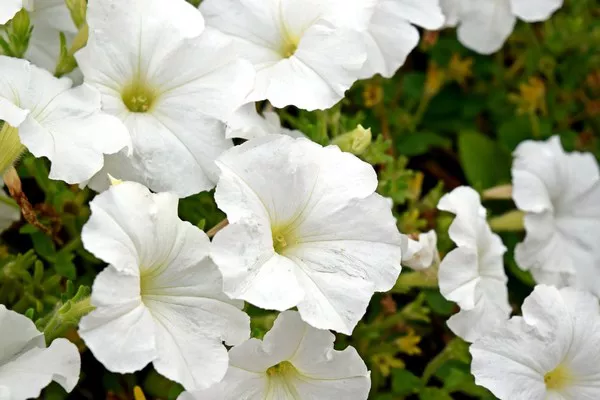Orchids, renowned for their unparalleled beauty and diverse array of species, have captivated the human imagination for centuries. While they are commonly associated with ornamental purposes and horticulture, there is an intriguing question that arises: Can you eat orchid flowers? This article delves into the culinary and cultural aspects surrounding the consumption of orchid flowers, shedding light on their edibility, potential health benefits, and the historical and contemporary practices.
Orchids in Culinary Traditions
Throughout history, orchids have held a prominent place in various culinary traditions across the globe. In some cultures, these delicate blooms have been used as ingredients to infuse flavors, garnish dishes, or create visually appealing presentations. While not all orchids are edible, certain species have been recognized for their culinary applications.
1. Edible Orchid Varieties
Some orchid species are safe for human consumption and are used in culinary practices. Examples include the Vanilla orchid (Vanilla planifolia), which yields the popular vanilla flavoring, and the Orchis mascula, known as Salep, used in Middle Eastern desserts and beverages. These examples highlight the diversity of orchids in culinary contexts.
Orchids on the Plate: Edibility and Health Considerations
1. Edibility Factors
Consuming orchid flowers involves a nuanced approach due to the wide variety of orchid species, each with distinct properties. It’s crucial to differentiate between edible and non-edible orchids, as some may be toxic or cause adverse reactions if ingested. Seeking guidance from experts in botany or ethnobotany is recommended before incorporating orchids into your diet.
2. Culinary Applications
Orchid flowers are often prized for their vibrant colors and delicate appearance, making them a popular choice for garnishing dishes and adding an artistic touch to culinary creations. Their mild flavor profile makes them compatible with both sweet and savory dishes, enhancing salads, desserts, cocktails, and more.
3. Potential Health Benefits
Orchids contain compounds that may offer potential health benefits, such as antioxidants and polyphenols. However, the consumption of orchid flowers for health reasons requires further scientific research to establish concrete evidence.
Orchids: A Cultural and Historical Perspective
1. Cultural Significance
Orchids hold a significant place in cultural narratives, symbolizing different meanings across various societies. In Chinese culture, the orchid symbolizes refinement, beauty, and fertility, often associated with Confucian virtues. In Japan, the orchid is admired for its elegance and represents rare beauty. Understanding these cultural nuances is essential when exploring the consumption of orchid flowers.
2. Historical Use
The historical use of orchid flowers in culinary practices dates back centuries. The ancient Greeks associated orchids with virility, leading to the use of some species in love potions. Orchids have also been used in traditional medicine by indigenous communities in regions such as Asia, where they were believed to possess healing properties.
Responsible Consumption and Conservation
1. Conservation Concerns
The popularity of orchids in horticulture and ornamental trade has raised concerns about their conservation. Over-harvesting of wild orchids for commercial or culinary purposes can have detrimental effects on natural populations. It’s essential to prioritize sustainability and choose cultivated orchids for consumption whenever possible.
2. Ethical Considerations
When contemplating the consumption of orchid flowers, ethical considerations come into play. Ensuring that the orchids are sourced from reputable growers or sources that prioritize sustainability and ethical practices is crucial to support responsible consumption.
Modern Culinary Trends and Creative Usage
1. Modern Chefs and Culinary Artists
In recent years, modern chefs and culinary artists have embraced orchid flowers as a unique and visually stunning addition to their dishes. Orchids are not only used for their aesthetic appeal but also for the potential to create memorable gastronomic experiences.
2. Innovative Applications
Orchid flowers have found their way into various culinary creations, from high-end gourmet dishes to innovative cocktails. Chefs experiment with textures, colors, and flavors to elevate their creations, highlighting the versatility of orchids beyond traditional uses.
Conclusion
The question “Can you eat orchid flowers?” unveils a world of culinary exploration, cultural symbolism, and environmental considerations. While certain edible orchid species have a place in culinary traditions, responsible consumption and conservation efforts are paramount. Orchids, with their unique beauty and diverse attributes, continue to inspire not only the culinary world but also therealms of culture, history, and sustainability. Whether as a delicate garnish on a plate or a symbol of elegance and beauty, orchid flowers remain a captivating and multifaceted subject of human fascination.


